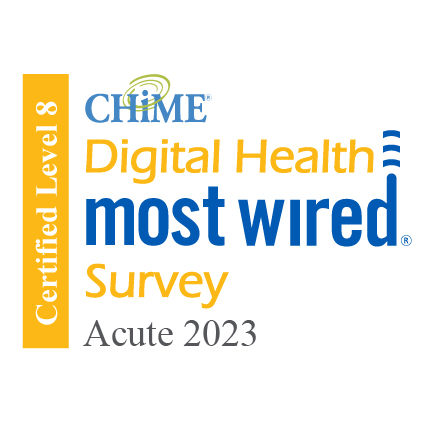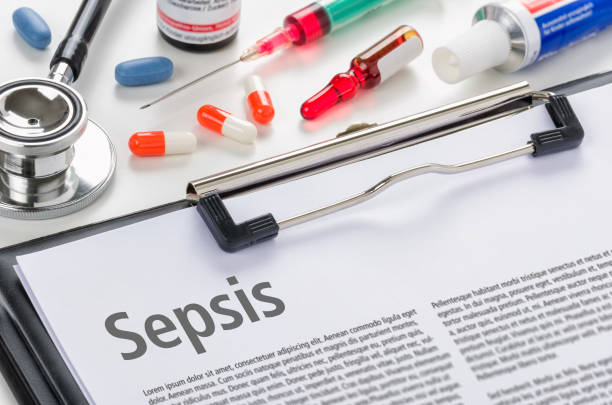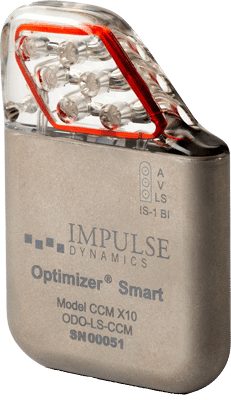Hospital’s Antimicrobial Stewardship Program Receives National Attention
March 2, 2016
Cheyenne, WY— A program at Cheyenne Regional Medical Center (CRMC) to optimize antibiotic use has received national attention for its effectiveness, widespread acceptance among local physicians and cost savings for the hospital and patients.
CRMC’s antimicrobial stewardship program (AMS) was started in 2010 by pharmacist Dr. Nathon Parker, Pharm.D., and infectious disease physician Dr. Philip Sharp, who has since retired. It was updated in 2013 to incorporate the use of an electronic medical record and the newest guidelines and medications available and is currently managed by Parker and CRMC infectious disease specialist Dr. Hoo Feng Choo.
The program was initiated as a proactive approach to help optimize the use of antibiotics in the community, “to preserve the toolbox of effective medications available to treat infections for future generations in the Cheyenne area,” Parker said.
Across the United States, certain bacteria are becoming resistant to certain antibiotics due to the overuse or misuse of those antibiotics.
“We understood the need to urgently address this issue and implemented our AMS program to help preserve the resources we currently have while also saving money and improving patient care in the process,” Parker said. “We first had to do the research and then had to develop protocols and a system that would work best for our hospital and medical community.”
Each year in the United States, at least 2 million people become infected with bacteria that are resistant to antibiotics and 23,000 people die as a direct result of those infections, according to the Centers for Disease Control and Prevention (CDC).
The CDC also reports that “up to 50% of all the antibiotics prescribed for people are not needed or not optimally effective as prescribed” and that “the use of antibiotics is the single most important factor leading to antibiotic resistance around the world.”
A December 2014 Modern Healthcare article cited federal officials who emphasized a critical nationwide need for improved antibiotic stewardship and that such programs “are among the most effective ways to curb resistance and reduce the number of hard- or impossible-to-treat infections.”
Antimicrobial resistance can be addressed several different ways: “You can completely quit using certain antibiotics for a period of time, which is known as cycling,” Parker said. “Or you can optimize and restrict antibiotic use based on protocols that are known to work, which is the choice we made.”
Development of CRMC’s program
At CRMC, the AMS program was developed to:
• achieve optimal clinical outcomes related to antimicrobial use
• minimize antimicrobial toxicity and other adverse events
• reduce the costs of healthcare associated with infections
• limit the selection for antimicrobial resistant strains of bacteria
Parker was invited to present CRMC’s program results last year at the American Society of Health-System Pharmacists conference. Several hundred poster abstracts related to research in the medical field are evaluated and those that are able to demonstrate significant value to the medical community are selected for publication and presentation at the annual conference.
Since the presentation, Parker has received several calls and emails from other hospitals asking for details about CRMC’s program and how it was implemented.
Need for program was urgent
“Everyone here understood the need for this program and the urgency,” Parker said. “But it was also important we took time to explain the whys behind the changes and to assure our medical community that the protocols were supported by legitimate science and sound medical practice.”
The CDC has launched a “Get Smart for Healthcare” campaign focused on improving antimicrobial use in inpatient healthcare settings, including acute-care hospitals. It’s also expected that the Centers for Medicare and Medicaid Services (CMS) may soon require the implementation of AMS programs in acute-care hospitals nationwide.
“Due to the hard work and proactive approach of our AMS team, we already have most of the elements in place that the government may require,” Parker said.
CRMC’s pilot program ran from May 1, 2014, through April 30, 2015. Data from the previous year was used as a baseline, to see if the newly updated program would make a difference.
Under a specific set of criteria, CRMC’s updated protocol called for using several alternative low-cost antibiotics in place of a few “big gun” antibiotics when it was appropriate, Parker said.
These “big-gun” antibiotics consist of a group of very powerful, effective and expensive antibiotics that ideally should be reserved for hard-to-treat infections caused by bacteria that are usually resistant to older and more common antibiotics.
“The lower-cost alternatives often have fewer associated side effects and can result in shorter hospital stays for patients, which also usually means less expense for the patient and the healthcare system as a whole,” Parker noted.
“By using the alternatives, we would also be reserving the stronger antibiotics for those times when they are truly needed—to fight a more persistent or resistant infection. The goal was to show that the AMS program could help us reduce costs, reduce hospital stays for patients and prevent the development of bacterial resistance to antibiotics,” Parker said.
AMS program is working
Data show that the program is working.
CRMC savings on the cost of antibiotics in the first year totaled about $430,000, which was about a 50-percent reduction in the amount of money spent on antimicrobial drugs from the previous year. In the second year of the program, hospital savings on antimicrobial costs were about $540,000.
“This demonstrated that the cost savings not only have continued but have increased as the program continues to be a success,” Parker said.
The most significant savings came from reducing the use of daptomycin, one of the antibiotics being monitored by the AMS team. CRMC saw a decline of about 52 percent in the use of daptomycin during the program’s first year.
“Daptomycin is a very potent and expensive antibiotic often reserved for severe infections caused by extremely dangerous bacteria such as MRSA (Methicillin-resistant Staphyloccus aureus), which is resistant to many common antibiotics,” Parker said.
The AMS protocol calls for using alternative antibiotics in place of high-risk, high-cost antibiotics such as daptomycin. The alternatives tend to be better options for most people because they have fewer and less dangerous side effects, are easier to administer and are less expensive.
“Our AMS protocol has helped us become more judicious and selective about the kinds of antibiotics that are being used to treat certain kinds of infections. In addition to the immediate benefits we are seeing from using the alternative antibiotics, we are also decreasing the chance of developing resistance to the more potent antibiotics like daptomycin over time, leaving us with additional weapons to fight these potent bacteria in the future,” Parker said.
Another sign of the project’s success was its widespread adoption by physicians at CRMC.
“The program does not restrict physician choice or their ability to treat patients,” Parker said. “It simply provides a tool that helps them optimize treatment of our patients and helps us address costs, infection rates and microbial resistance to antibiotics in our hospital and community.”
“Our medical community has really embraced this program, because they see that it’s working and that it’s good for their patients and our community,” Parker added. “It has also opened up dialogue about the need for additional programs like this.”
Resistance is worrisome
“Antimicrobial resistance at any level is worrisome,” Parker noted, “because once a pathogen develops resistance it may spread uncontrollably within a community.” Parker said there are instances in certain parts of the United States in which a strain of bacteria has become resistant to an entire class of antibiotics. Once this happens, more potent, dangerous and expensive drugs are needed to treat the resistant bacteria.
“Patients with resistant bacteria often have longer hospital stays and may have more severe side effects due to the strength of the drugs used to treat those infections,” Parker said.
“Antimicrobial resistance can be a downward spiral for communities, hospitals and patients. It’s something all communities and hospitals need to be vigilant about.”
While it’s too soon to tell exactly how much the AMS program has impacted local antimicrobial resistance, Parker said that the community-wide antibiogram from 2015 did show “a slight improvement in resistance patterns in certain bacteria strains.” An antibiogram is a lab test that indicates the sensitivity of bacterial strains to different antibiotics.
Future of the AMS program
Moving forward, CRMC plans to continue the AMS program and to also use it as a model for creating other infection-prevention programs. That includes a new protocol, currently under development, for monitoring and treating sepsis, a life-threatening condition caused by an overwhelming immune response to an infection.
“It’s paramount that we are aggressive about infection prevention and that we also help preserve and effectively manage the medications we currently have to fight infections,” Parker said. “Not much work is being done to develop new antimicrobial drugs so we really need to help preserve the effectiveness of the ones we have.”






